Jewish History: Holocaust
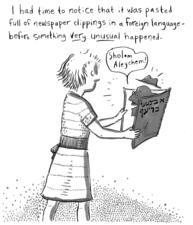
I had time to notice that it was pasted full of newspaper clippings in a foreign language - before something very unusual happened.
Twenty-First Century Jewish Literature by Women in the US
Twenty-first-century Jewish women’s writing in the United States is wide-ranging in genre and topic. In this body of literature, we can find insightful and nuanced stories of contemporary American life as well as fiction that delves into lost or forgotten Jewish histories. From a female Spinoza to a female golem, a strong feminist ethic is pervasive in these writings.
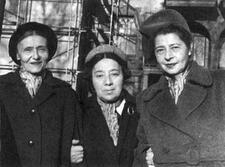
Miryam Ulinover
Born in Poland, Miriam Ulinover was one of the great Yiddish poets of the early twentieth century. Through her poems, she wove traditional Jewish life in the shtetl into a mythical vision of Jewish life, tradition, childhood, and identity.
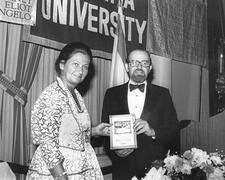
Simone Veil
Holocaust survivor Simone Veil was a pioneer in the French government and the European Union. As Minister of Health, she presented and successfully argued the law decriminalizing abortion in France. She was the first woman to preside over the European Parliament and the fifth woman to be interred in the Panthéon.
Walldorf Camp: Hungarian Jewish Women (August-November 1944)
In addition to the large, well-known concentration camps, hundreds of small labor camps existed during the Second World War, among them the Walldorf Camp at the Frankfurt airport in Germany. On August 19 and 20, 1944, 1,700 Hungarian women between 14 and 44 years of age were selected and taken to Frankfurt to build the first concrete runway for the Messerschmidt 262 jet plane.
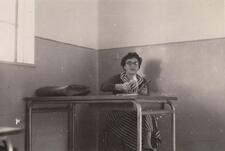
Charlotte Wardi
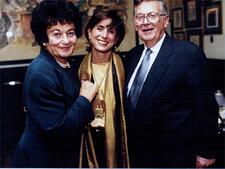
Jill Weinberg
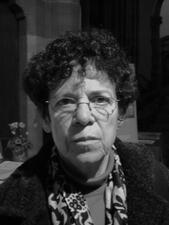
Annette Wieviorka
Annette Wieviorka (b. 1948) is a major French historian of the Holocaust. Her work highlights the specificity of the Shoah in the context of Nazi and Vichy crime generally.
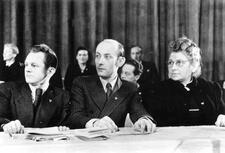
Jeanette Wolff
A well-known Social Democrat and Holocaust survivor committed to equal rights for women and sustained Jewish existence in Germany, Jeanette Wolff refused to compromise her socio-political beliefs. She was active in the SPD both before and after the war and served on the denazification committee in post-war Berlin .
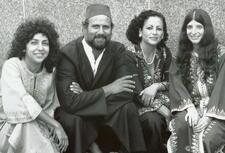
Women and Sephardic Music
Ladino or Judeo-Spanish Sephardic songs are primarily a women’s repertoire. The two main traditions are that of northern Morocco and the Eastern Mediterranean, primarily today’s Turkey, Greece, the Balkans.
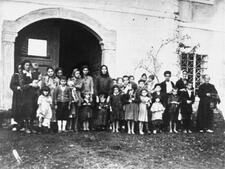
Women in the Holocaust
During the Holocaust, many women’s experiences were shaped by their gender. Pre-war roles and responsibilities, anticipatory reactions to Nazi actions, German policy and treatment of men and women, and the responses of Jewish men and women to Nazi persecution all affected women’s ordeals.
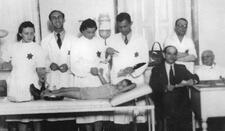
Women's Health in the Ghettos of Eastern Europe
Women in the ghettos of Eastern Europe often outnumbered men, but within ghetto populations, women generally had lower mortality rates than men, perhaps due to their ability to adapt to their surroundings and use of public health services. However, women suffered uniquely; many women did not menstruate, suffered from symptoms caused by hormone imbalances, and endured prohibitions against childbirth.
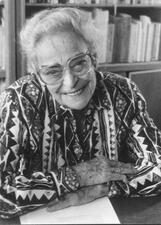
Leni Yahil
Leni Yahil was a German-born Israeli scholar and pioneer of Holocaust research in the decades following the Second World War. Working closely with Yad Vashem, she was among the first to emphasize Jewish primary sources, explore the importance of Jewish resistance, and document the Jewish experience in Northern Europe during the Holocaust.
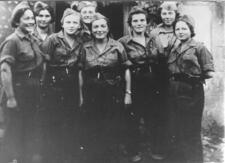
Yugoslavia
The Jewish community of Yugoslavia was small, vibrant, and diverse, with waves of immigrants arriving from the 16th through the 19th centuries. Like many Jewish communities in Europe, the Yugoslav community was decimated by the Nazis, and only a few Jews remain in Yugoslavia today.
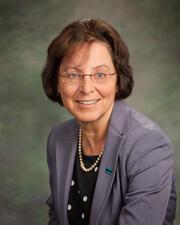
Doris Zelinsky
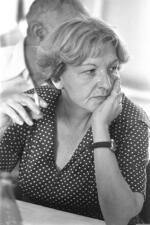
Hanna Zemer
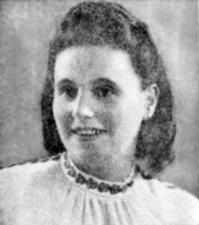
Mala Zimetbaum
Mala Zimetbaum was the first woman—and thus the first Jewish woman—to escape from Auschwitz-Birkenau. She is remembered for her courage and unbroken spirit.
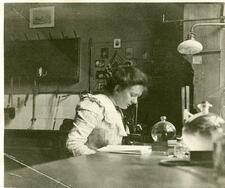
Margarete Zuelzer
Margarete Zuelzer’s life epitomizes both the successes and frustrations of women scientists in academia in the first half of the twentieth century. One of the first generation of women scientists in Germany and also one of the first to receive an appointment in a ministry of the Weimar Republic, she was forced to flee from Nazi Germany. Unable to find refuge, she was murdered in 1943.

Rajzel Zychlinski
Rajzel Zychlinski’s poetry was shaped by the hopes and horrors of the twentieth century. She lived in Poland, the Soviet Union, France, and the United States, and was fluent in five languages, but for over seventy years she wrote only in the one idiom that was truly hers: Yiddish.
Krystyna Zywulska
Born Sonia Landau in 1918, Krystyna Żywulska escaped the Warsaw Ghetto, hid as a Christian, and helped other Jews in hiding. Even after the war, she hid her Jewish identity, until she eventually published an autobiographical novel in 1963.


